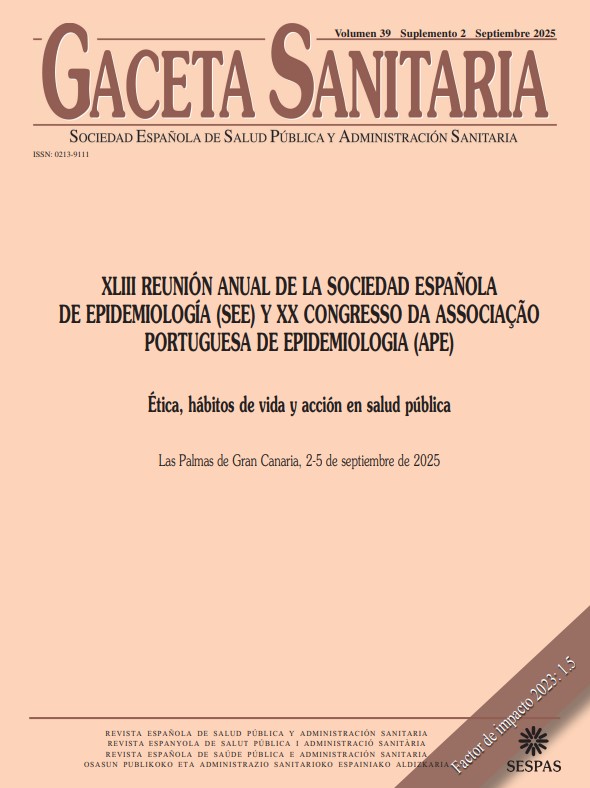659 - RESIDENTIAL GREEN SPACE AND LONELINESS IN ADULTS: RESULTS FROM THE EPIPORTO COHORT STUDY
USP da ULS Gaia/Espinho; EPIUnit-Instituto de Saúde Pública Universidade do Porto; Laboratório ITR; FMUP; Universidade do Minho; University of Sydney.
Background/Objectives: Loneliness affects physical and mental health, yet most studies/interventions focus on individuals rather than environments. The concept of lonelygenic environments highlights how certain settings may be linked to loneliness. Emerging evidence suggests that green space may reduce loneliness. This study examines the association between residential green space and loneliness in adults in Porto, Portugal and explores potential effect modifiers.
Methods: A total of 657 participants from the EPIPorto cohort were included. Loneliness was assessed in Follow-up 5 (2022) using the Portuguese version of the UCLA Loneliness Scale, including its dimensions: social isolation (reflecting a lack of social network) and affinities (reflecting a lack of belonging). Surrounding residential greenness was measured using the Normalized Difference Vegetation Index (NDVI), calculated within 100 m, 300 m, and 500 m network buffers around each participant's home. Associations between NDVI and loneliness were estimated with negative binomial regression models, treating the scale score as a count variable (total scale, affinities, social isolation). Logistic regression models were also fitted by dichotomizing the outcome (scores > 32 indicating higher levels of loneliness). Effect modification by sex, marital status, cohabitation status, and garden ownership was assessed through multiplicative interaction terms. All models were adjusted for potential confounders identified through a directed acyclic graph.
Results: Living in areas with higher surrounding vegetation within a 100 m buffer was significantly associated with a lower risk of loneliness [aRR (95%CI = 0.528 (0.296, 0.943)], even after adjusting for potential confounders. Similar trends were observed for 300 m and 500 m buffers [0.507 (0.243, 1.060) and 0.523 (0.227, 1.209), respectively], despite the non-statistically significant associations. When examining the loneliness scale subdomains, both showed an inverse association with NDVI within all buffer sizes, although significance was limited to the affinities’ domain within the 100 m buffer [0.469 (0.229, 0.955)]. Adjusted logistic regression models showed consistent but not-significant associations between high loneliness levels and NDVI at any buffer distance. No evidence of effect modification was found.
Conclusions/Recommendations: Greater green space within 100 m of the home was associated with lower loneliness, suggesting a protective effect of nearby residential greenness. This association was not observed at larger buffers or in logistic models. Further research is needed to clarify underlying mechanisms.
Funding: UIDB/04750/2020, LA/P/0064/2020, CEECIND/02386/2018, COMPETE2030-FEDER-00757700 (N.º 16409).















